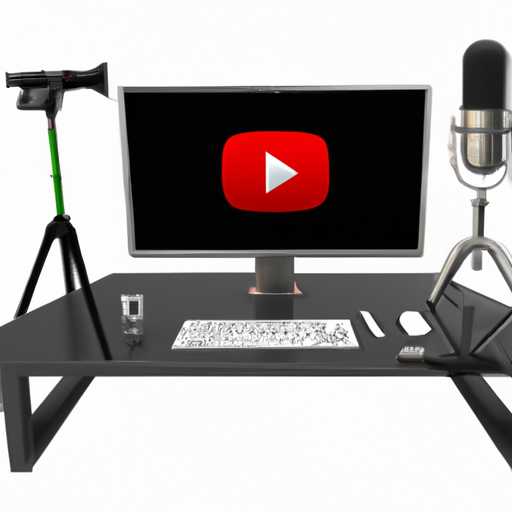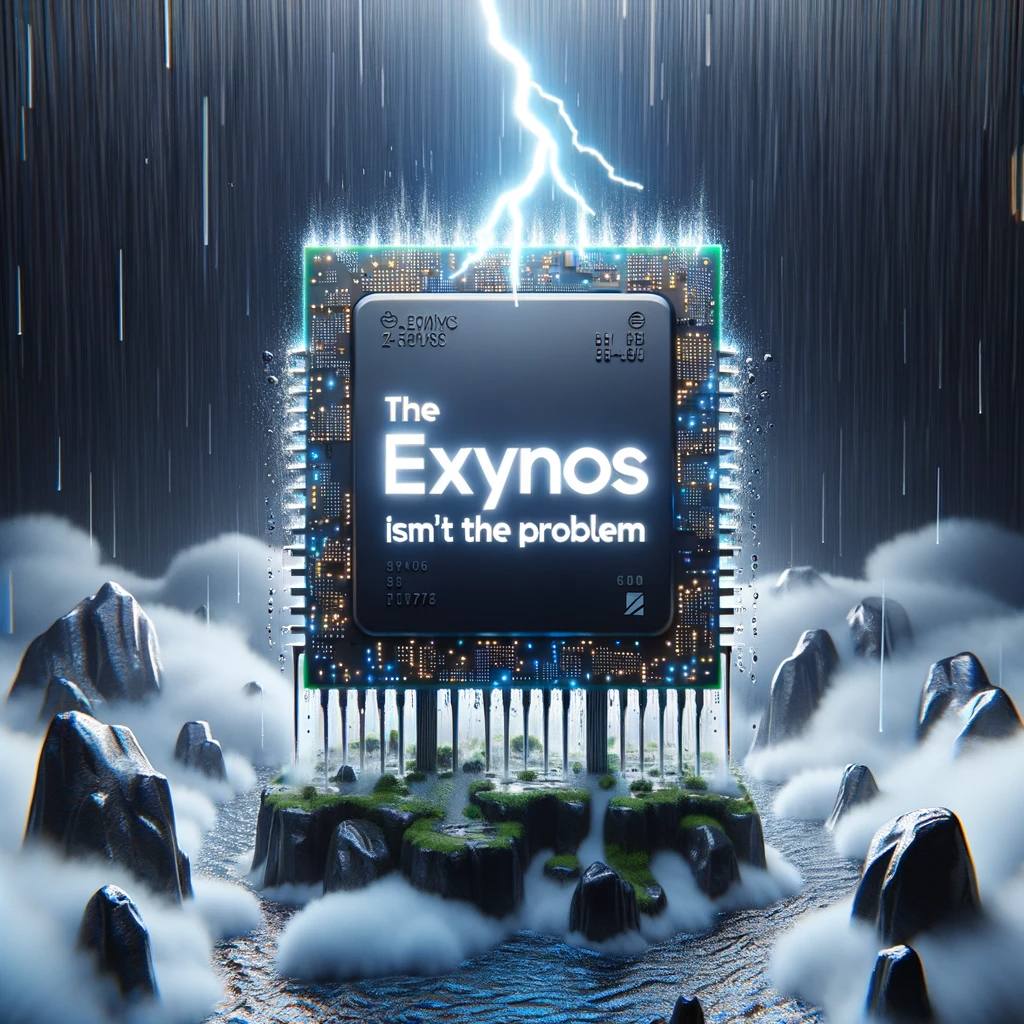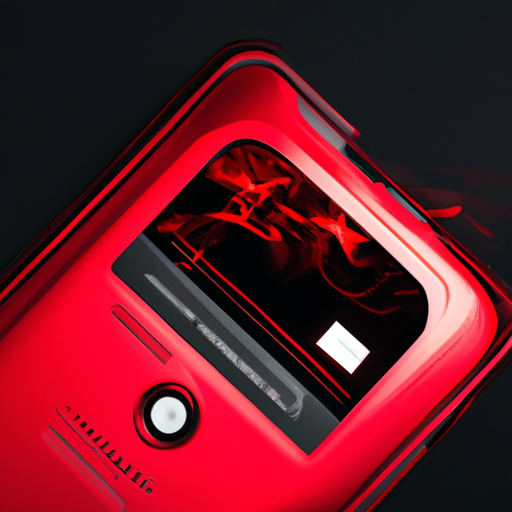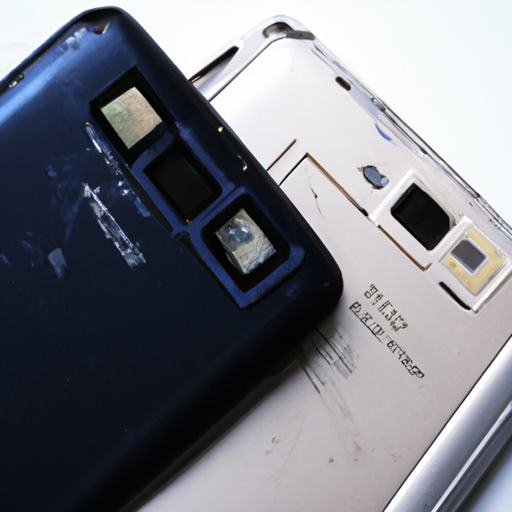Hey there! Welcome to the world of smartphone charge tests. In this article, we’ll be comparing the charging capabilities of four top-tier phones: the iPhone 14 Pro Max, Galaxy S23 Ultra, Google Pixel 7 Pro, and OnePlus 11. Instead of simply charging them to 100% and measuring the time it takes, we’re taking a different approach. We’ll be charging each phone for exactly 10 minutes and then seeing how long that fast charge actually lasts. This way, we can get a better understanding of the phones’ battery efficiency and performance. So, let’s jump right in and see which phone comes out on top in this battle of the charges!
In our first round, we have the reigning battery test champ, the iPhone 14 Pro Max, with its relatively slow charge rate of 20 Watts. Going head-to-head with the iPhone is the Galaxy S23 Ultra, charging at more than twice the rate at 45 Watts. On the Android front, we have Google’s pixel 7 Pro, which charges at a relatively slow 23 watts. And lastly, we’re testing the OnePlus 11, a top contender in this arena, with its whopping 80-watt charging capability. So, sit back, relax, and get ready to dive into this exciting charge test comparison!
Initial Overview
In this article, we will be comparing the charging capabilities of four popular smartphones: iPhone 14 Pro Max, Galaxy S23 Ultra, Google Pixel 7 Pro, and OnePlus 11. We will look at the device specifications and charge specifications for each phone, and then dive into a comprehensive charge test to see how fast the phones can charge and how long a 10-minute charge actually lasts. Additionally, we will discuss battery life and efficiency for each device.
Device specifications for the selected phones
Before we delve into the charge test, let’s take a moment to examine the specifications of the four smartphones under consideration. The iPhone 14 Pro Max boasts a slow charge rate of 20 Watts, but it is known for being highly efficient. The Galaxy S23 Ultra, on the other hand, charges at an impressive rate of 45 Watts, more than twice that of the iPhone. The Google Pixel 7 Pro falls on the slower side for Android smartphones, with a charge rate of 23 Watts. Lastly, the OnePlus 11 stands out with its blazing-fast 80 Watt charging capability. It will be interesting to see how these differing charge rates translate to the overall charging performance of each device.
Charge specifications for these phones
In addition to the charge rates, it is important to consider other charge specifications for these phones. The iPhone 14 Pro Max is equipped with a 20 Watt charger, while the Galaxy S23 Ultra comes with a powerful 45 Watt charger. The Google Pixel 7 Pro includes a 23 Watt charger and the OnePlus 11 impresses with an 80 Watt charger. These specifications will play a significant role in determining the charging speed and efficiency of each device during our charge test.
Test Objective
The purpose behind the charge test is to provide users with a comprehensive understanding of how quickly the selected smartphones can charge and how long a 10-minute charge actually lasts. This test aims to go beyond the traditional method of charging phones to 100% and instead focuses on the efficiency and longevity of a shorter charging duration. By charging each phone for 10 minutes and observing the resulting battery percentages, we can gain valuable insights into the charging speed and effectiveness of each device.
Additionally, through this charge test, we hope to shed light on battery life and efficiency for the selected smartphones. By analyzing the charging trends, we can draw conclusions about the representation of battery percentage on different devices and assess the impact of battery size on overall charging speed.
Highlight on the 10-minute charge duration
The 10-minute charge duration is a key focus of this test. Instead of waiting for the phones to reach 100% charge, we have chosen to charge them for a shorter duration to mimic real-world scenarios where users may need a quick boost of charge. By evaluating how long the fast charge actually lasts, we can determine the practicality and effectiveness of a short charging session.
Explanation on battery life and efficiency for the devices at hand
Battery life and efficiency are important factors to consider when choosing a smartphone. During this charge test, we will not only assess the speed at which the phones charge, but we will also analyze their respective battery performances. By comparing the battery percentages before and after the 10-minute charge, we can evaluate the efficiency of each device’s battery and its ability to hold a charge.
Charging Rate Comparison
Now, let’s dive into a detailed analysis of the charge rate for each phone. We will compare the intricacies of wattage across the phones to understand how they influence the overall charging speed and efficiency.
iPhone 14 Pro Max
The iPhone 14 Pro Max, with its charge rate of 20 Watts, may not be the fastest charger in the lineup, but it is known for its efficiency. Despite its slower charge rate, the iPhone’s battery life often outperforms other models. We will closely monitor the charging speed and efficiency of the iPhone 14 Pro Max during the test to see how it stacks up against its competitors.
Galaxy S23 Ultra
The Galaxy S23 Ultra charges at an impressive rate of 45 Watts, more than twice that of the iPhone 14 Pro Max. This fast charge rate hints at the potential for quick charging speeds, but we will closely examine its actual performance during the charge test.
Google Pixel 7 Pro
The Google Pixel 7 Pro falls on the slower side for Android smartphones, with a charge rate of 23 Watts. While it may not match the charging speed of its competitors, we will assess the overall efficiency of the Pixel 7 Pro’s charging capabilities.
OnePlus 11
The OnePlus 11 stands out with its 80 Watt fast charging, making it the fastest charger among the selected phones. This impressive charging capability suggests that the OnePlus 11 might charge at a significantly faster rate than the other devices. However, we will closely monitor its performance during the charge test to determine if it lives up to its reputation.
Sponsor Segment: Casekoo
Before we proceed with the charge test, we would like to acknowledge and thank our sponsor for this video, Casekoo.
Overview of Casekoo as a sponsor
Casekoo is a well-known brand in the smartphone accessory market, providing high-quality cases and accessories for various phone models. They prioritize functionality while maintaining an aesthetically pleasing design, and their products are known for their durability and reliability.
Description and benefits of the Casekoo magic stand case
Casekoo’s magic stand case, designed for the iPhone 12 through 14 series, offers a unique feature that sets it apart from other cases. The magnetic ring for MagSafe can be pulled out and used as a kickstand, allowing users to enjoy hands-free viewing in both portrait and landscape modes. This feature is particularly convenient for video calls and watching videos on the go. Additionally, the case is made with a Kevlar ring, ensuring it is both thin and strong. It has been tested for over 30,000 openings, guaranteeing its long-lasting functionality.
Information regarding payment options with Casekoo
Casekoo also offers a new payment method called Karna, which provides buyers in the US and Europe with the flexibility to pay over time with zero interest. This allows customers to keep their money in their accounts while enjoying their purchase. Additionally, Casekoo offers a 14-day return policy, giving customers peace of mind when trying out their products. For more information and to explore their range of products, please refer to the links provided below.
Setting the Stage for the Test
Now that we have covered the essential aspects of the charge test and introduced our sponsor, let’s set the stage for the test itself.
Starting point for the phones – completely drained batteries
To ensure accurate results, we will begin the charge test with all four phones having completely drained batteries. By starting from the same baseline, we can eliminate any discrepancies caused by varying battery levels.
Clarification on auto and manual power-on feature during charging for the phones
During the charge test, we observed that the iPhone and the OnePlus automatically turn on as soon as charging is initiated. In contrast, the Galaxy and the Pixel require manual power-on. It is essential to note these differences to ensure a fair comparison and to understand the behavior of each device during the charging process.
Initial Charging Observations
Let’s discuss the initial charging trends observed during the initial minutes of charging each phone.
Discussion on charging trends observed during the initial minutes
Three minutes into the charge test, we noticed an intriguing trend. The Google Pixel 7 Pro, despite having a slower charge rate compared to the Galaxy S23 Ultra, initially appeared to be ahead in terms of battery percentage. However, this is likely due to the Pixel overestimating its battery percentage early on. This observation underscores the importance of closely monitoring the charge levels and considering the accuracy of battery percentage representations on different devices.
Retrospect on representation of battery percentage in different devices
Battery percentage representation can vary across different devices, as observed in the charge test. While the Pixel initially seemingly outperformed the Galaxy, further into the charging process, the Galaxy overtook the Pixel due to the power of its 45-watt charger. It is crucial to consider these variations in battery percentage representation to accurately assess the charging speed and efficiency of each device.
Final Reading Post 10-Min Charge
Now, let’s examine the final battery percentages for all phones after the 10-minute charge.
Final battery percentages for all phones after 10-min charge
After the 10-minute charge, the battery percentages for each phone were as follows: the OnePlus 11, charging at 80 Watts, reached an impressive 42 percent. The Galaxy S23 Ultra came in second place at 25 percent, followed by the iPhone 14 Pro Max at 18 percent. Lastly, the Google Pixel 7 Pro finished in last place with 16 percent. These readings shed light on the varying charging speeds and efficiency among the selected smartphones.
Observation on the impact of size of battery on the charging speed
Interestingly, despite the iPhone 14 Pro Max having the slowest charge rate, it managed to surpass the Google Pixel 7 Pro in terms of battery percentage after the 10-minute charge. This discrepancy can be attributed to the iPhone’s smaller battery capacity. This observation raises the question of how the size of the battery impacts the charging speed and efficiency of a device.
Phone Usage Test: Texting
Now that we have examined the initial charge test, let’s move on to the phone usage test. In this section, we will focus on texting and evaluate the battery drain results after one hour of continuous texting for each phone.
Methodology for testing using an automated chatbot
To simulate real-world phone usage, we utilized an automated chatbot for testing the texting capabilities of each phone. Texting is a common activity for users, and it provides insights into the overall battery performance during prolonged usage.
Battery drain results after one hour of texting for each phone
After one hour of continuous texting, we observed different battery drain results for each phone. The Google Pixel 7 Pro experienced a significant drop of 11 percentage points, followed by the OnePlus 11 with an 8-point drop. Surprisingly, both the iPhone 14 Pro Max and the Galaxy S23 Ultra fared better, with only a 7-point drop in battery percentage. These results indicate variations in battery efficiency and overall battery life during texting activities.
Phone Usage Test: Instagram and Gaming
Moving on from texting, we will now examine the phone usage test for Instagram feed-scrolling and gaming.
Methodology for testing Instagram feed-scrolling and gaming
To assess battery life during Instagram usage, we calibrated the screens of all phones to the same brightness level. This test is slightly more intensive than our standard battery test, as we scrolled through the feed at a faster rate. After 24 minutes of Instagram usage, we observed the battery performance of each phone.
Battery life after the completion of each test
After nearly the same amount of battery percentage when we started the charge test, the Google Pixel 7 Pro surprisingly drained its battery entirely within 24 minutes of Instagram usage. In contrast, the iPhone 14 Pro Max, Galaxy S23 Ultra, and OnePlus 11 all managed to survive the full hour of Instagram usage. The OnePlus 11 stood out with a battery percentage of 23 after the hour-long test. These results highlight the varying battery performances during Instagram usage and the capabilities of each device to sustain battery life.
Moving on to gaming, we conducted a simulated gaming session using Alto’s Adventure, where we tapped on the screens like real-life gaming. Unfortunately, the iPhone 14 Pro Max fell short, dying just 21 minutes into the test. The Galaxy S23 Ultra showed impressive endurance, lasting until 5 percent battery, granting an extra 34 minutes of gaming. The clear winner in this category was the OnePlus 11, which not only finished Altos Adventure with 11 percent battery but also went on for an additional 51 minutes on YouTube. These results demonstrate the varying battery performances during gaming and the exceptional battery life of the OnePlus 11.
Conclusion
In conclusion, this charge test provided valuable insights into the charging capabilities, battery life, and efficiency of the iPhone 14 Pro Max, Galaxy S23 Ultra, Google Pixel 7 Pro, and OnePlus 11. The charging rate comparison revealed the impact of wattage on the overall charging speed, with the OnePlus 11 standing out with its impressive 80 Watt charging capability. Additionally, we observed the representation of battery percentage in different devices and its influence on assessing overall charging performance.
The phone usage tests shed light on battery drain results during texting, Instagram usage, and gaming. These tests showcased the varying battery life and efficiency of each device across different usage scenarios. The OnePlus 11 emerged as the clear winner in gaming, surpassing the other phones with its exceptional battery life.
The results of this test can be important considerations for consumers when choosing a smartphone. By assessing the charging speed, battery life, and efficiency of each device, users can make informed decisions based on their specific needs and usage patterns. Overall, this charge test highlighted the strengths and weaknesses of each smartphone and provided insights into the potential impact of this test on consumer choices.









